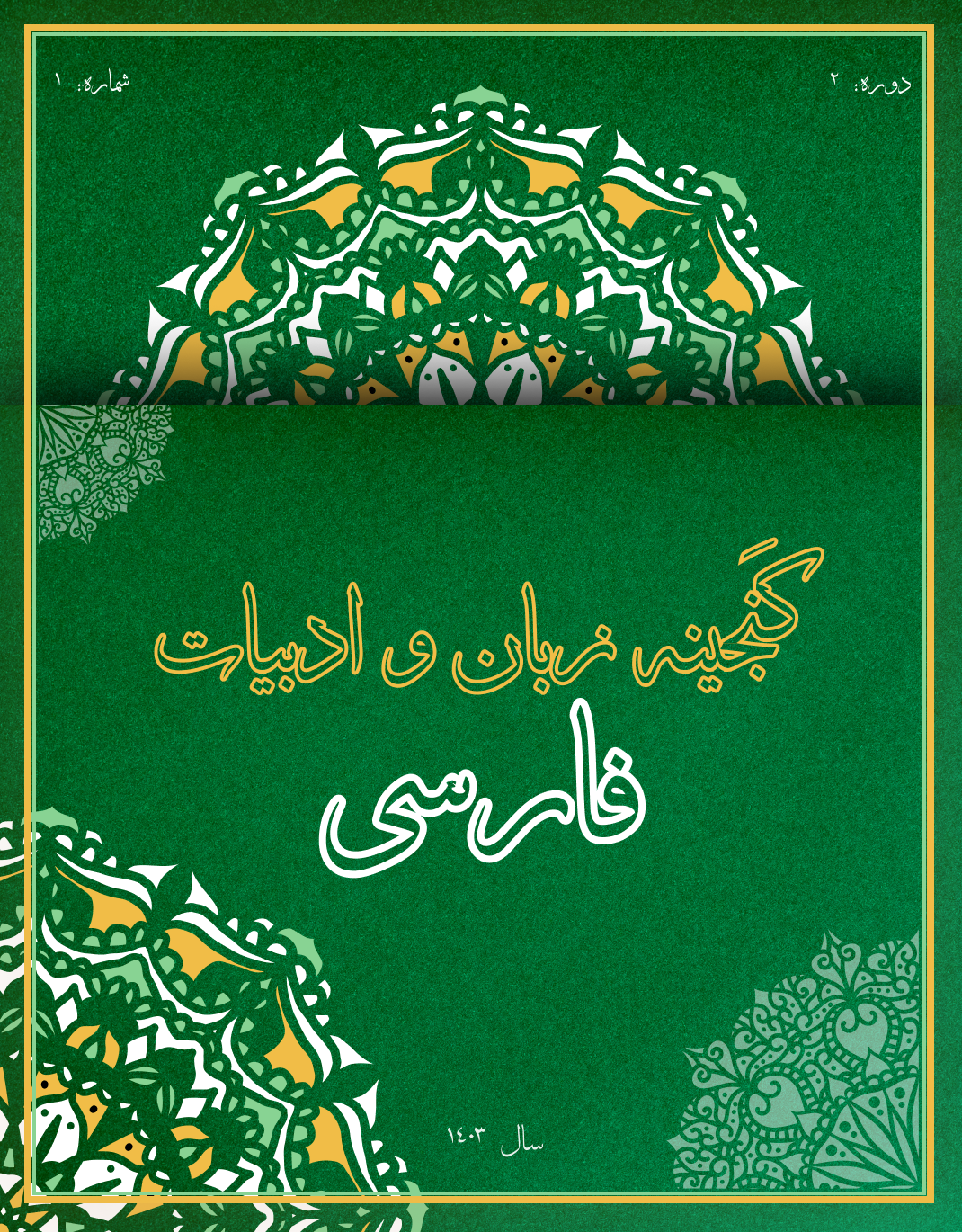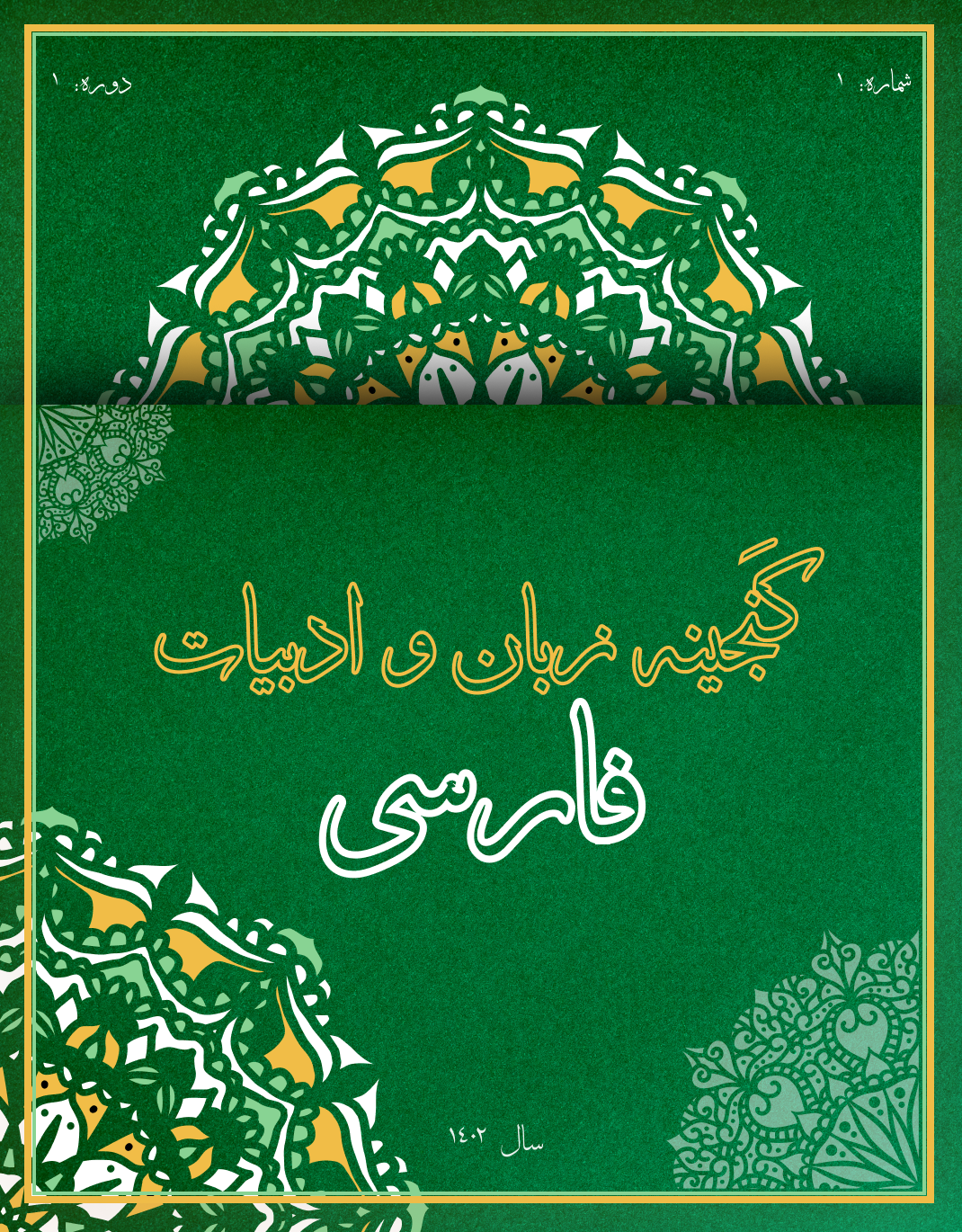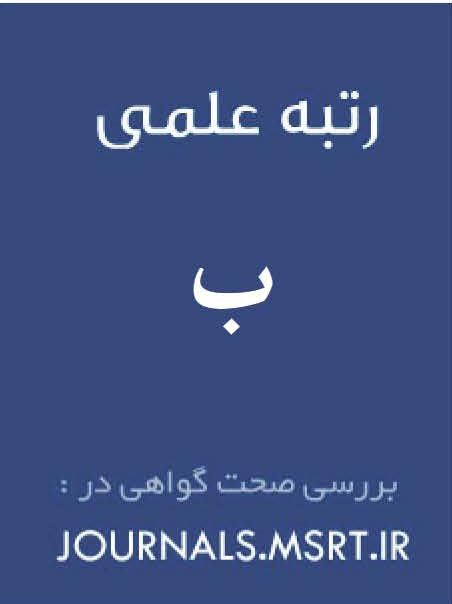Linguistic Features of the Pahlavi Text Jāmāsp Nāmag
Keywords:
Linguistic characteristics, Pahlavi, Jamasp, Predictions of Jamasp NamagAbstract
Middle Persian is a language that requires a precise examination of its texts to accurately understand its grammatical rules and syntax. Profound knowledge and awareness are essential for analyzing, translating, and interpreting Middle Persian texts. A lack of familiarity with the foundation and structure of its vocabulary and syntactic framework deprives the reader of the ability to make accurate judgments regarding the meaning and interpretation of the texts. The Pahlavi text Jāmāsp Nāmag, which focuses on revelations and prophecies of future events, is a noteworthy text among Middle Persian literature. One of the objectives of this research is to analyze the verbs used in the prophecies of Jāmāsp Nāmag from an etymological and grammatical perspective, utilizing library sources. Additionally, the study examines compound words and the role of pronouns to guide researchers and enthusiasts toward a better understanding of the structural aspects of the Middle Persian language.
Downloads
References
1. Boyce M. Ayādgār ī Jāmāspig. In: Yarshater E, editor. Encyclopaedia Iranica1987. p. 126-7.
2. Tavadia J, Najm Abadi S. Pahlavi Language and Literature: Middle Persian. Tehran: Tehran Publications; 1976.
3. Modi J. Pahlavi, Pāzend, and Persian Texts. Bombay1903.
4. Asheh R. The Pārsīg Language. Tehran: Ketab-e-Sadeh; 2018.
5. Utas B. On the Composition of the Ayyātkār I Zarērān. Monumentum HS Nyberg. 2. Tehran-Liège1975. p. 399-418.
6. Benveniste E. Une Apocalypse Pehlevie, Zāmāsp-Nāmak. Revue de l'histoire des religions (RHR). 1932;106:337-80.
7. Abolqasemi M. Poetry in Iran Before Islam. Tehran: Foundation of Islamic Thought; 1995.









